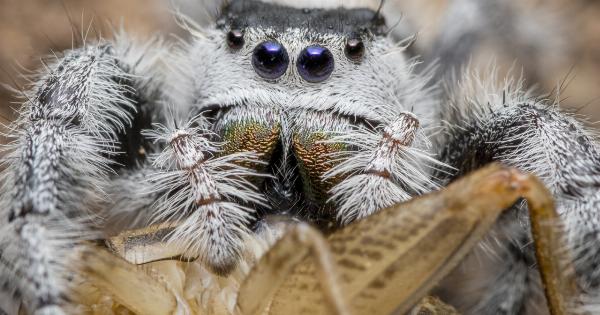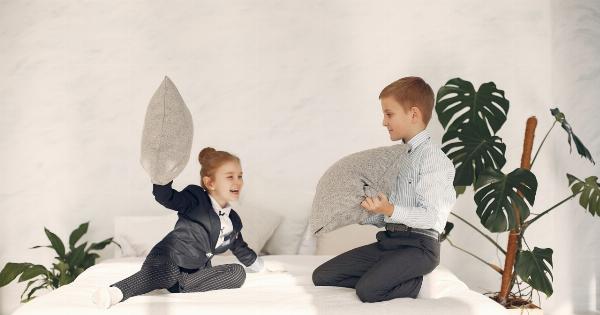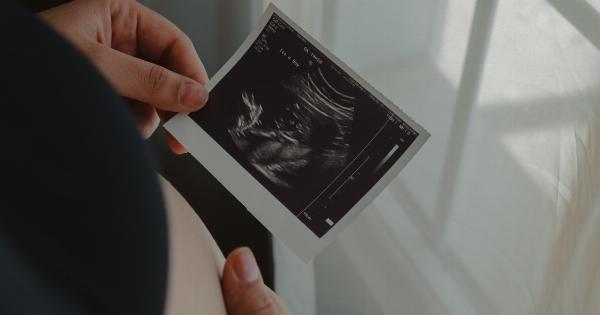Sudden Infant Death Syndrome (SIDS) is a devastating and tragic event where an apparently healthy baby dies suddenly and unexpectedly during sleep.
It is important for parents and caregivers to be aware of the risk factors and take measures to reduce the risk of SIDS. In this article, we will discuss the various ways to minimize the risk and promote a safe sleeping environment for infants.
1. Back to Sleep
One of the most effective ways to reduce the risk of SIDS is by placing babies on their back to sleep. This sleeping position helps keep the airways open and reduces the chances of suffocation or overheating.
It is recommended to place the baby on a firm mattress, free from pillows, toys, and blankets. Keeping the crib free from clutter can reduce the risk of accidental suffocation.
2. Use a Firm Sleep Surface
It is essential to provide a firm sleep surface for infants to reduce the risk of SIDS. Avoid using soft mattresses, waterbeds, or couches for infant sleep.
A firm and flat mattress, specifically designed for infants, promotes a safer sleeping environment. Ensure that the mattress fits snugly into the crib to avoid any gaps where the baby’s head can get trapped.
3. Keep the Sleeping Area Smoke-Free
Exposure to second-hand smoke increases the risk of SIDS. It is crucial to keep the baby’s sleeping area smoke-free. Smoking during pregnancy should be avoided, and smoking around the baby should be strictly prohibited.
Second-hand smoke can cause respiratory issues and increase the likelihood of SIDS.
4. Room-Sharing without Bed-Sharing
Room-sharing is recommended for infants up to six months of age, as it has been shown to reduce the risk of SIDS. However, it is essential to note that bed-sharing is not safe and increases the risk of suffocation and SIDS.
To promote safe sleep, the baby should sleep in a separate crib or bassinet in the same room as the parents.
5. Avoid Overheating
Overheating can contribute to SIDS, so it is crucial to ensure that the baby’s sleeping environment is at a comfortable temperature. Dressing the baby in appropriate clothing for the room temperature is important.
It is advisable to use lightweight and breathable materials for sleepwear and avoid covering the baby with heavy blankets or overdressing.
6. Offer a Pacifier at Bedtime
Studies have shown that offering a pacifier at bedtime can help reduce the risk of SIDS. However, it is important to note that if the baby does not want to use a pacifier or if it falls out during sleep, it should not be reinserted.
If the baby is breastfeeding, it is advisable to wait until breastfeeding is established before introducing a pacifier.
7. Breastfeed if Possible
Breastfeeding has numerous health benefits for both the baby and the mother. It is also associated with a reduced risk of SIDS. Exclusive breastfeeding for the first six months of life is recommended by healthcare professionals.
Breast milk provides essential nutrients and antibodies that boost the baby’s immune system and reduce the risk of infections and SIDS.
8. Immunizations
Following the recommended immunization schedule can help protect infants from various diseases, including infections that can increase the risk of SIDS.
It is important to consult with a healthcare provider regarding the appropriate immunizations for the baby and ensure they are up-to-date.
9. Supervised Tummy Time
While back sleeping is the safest position for infants, supervised tummy time is also essential for their development. Tummy time helps strengthen the baby’s neck, shoulder, and arm muscles, and promotes motor skill development.
It is advisable to engage in supervised tummy time when the baby is awake and alert to prevent suffocation.
10. Educate Caregivers and Babysitters
It is crucial to educate caregivers and babysitters about safe sleep practices and the risk factors associated with SIDS.
Ensure that everyone who cares for the baby follows the recommended guidelines and understands the importance of creating a safe sleep environment.






























